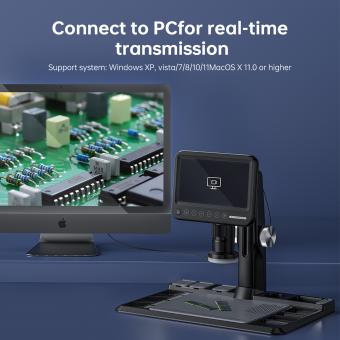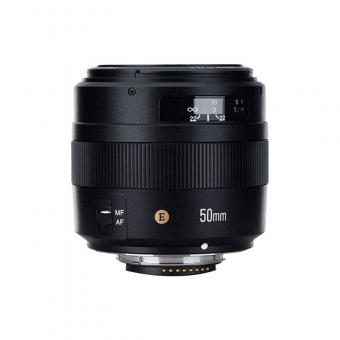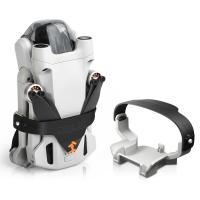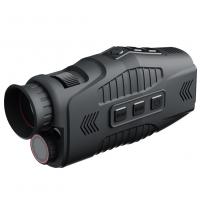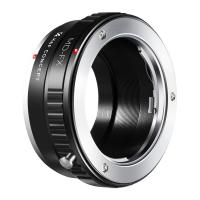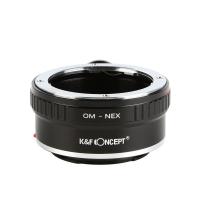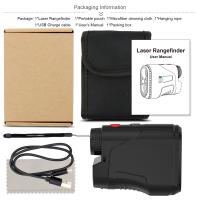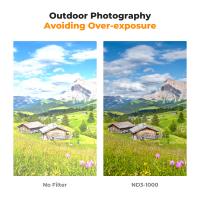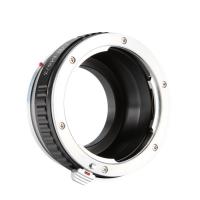How To Photograph Negatives With Digital Camera ?
To photograph negatives with a digital camera, you will need a light source, a negative holder, and a tripod. Set up your light source behind the negative, ensuring it evenly illuminates the entire frame. Place the negative in a holder to keep it flat and steady. Mount your camera on a tripod to avoid any camera shake. Set your camera to manual mode and adjust the settings for proper exposure. Use a macro lens or extension tubes to achieve close-up focus. Position the camera directly above the negative, ensuring it is parallel to the frame. Take the photo, making sure the entire negative is captured within the frame. Transfer the image to your computer and use photo editing software to invert the colors and make any necessary adjustments.
1、 Negative Scanning Techniques for Digital Cameras
Negative Scanning Techniques for Digital Cameras
Photographing negatives with a digital camera can be a cost-effective and efficient way to convert your film negatives into digital files. Here are some techniques to help you achieve high-quality results:
1. Set up a proper workspace: Find a clean and well-lit area to work in. Avoid direct sunlight, as it can cause reflections and overexposure. Use a light table or a lightbox to backlight your negatives.
2. Clean your negatives: Before photographing, make sure your negatives are free from dust and fingerprints. Use a soft brush or compressed air to remove any debris. For stubborn dirt, consider using a film cleaning solution and a lint-free cloth.
3. Use a tripod: To ensure sharp and consistent results, mount your digital camera on a tripod. This will help eliminate camera shake and allow for precise positioning.
4. Adjust camera settings: Set your camera to manual mode to have full control over exposure settings. Start with a low ISO setting (e.g., ISO 100) to minimize noise. Experiment with different aperture and shutter speed combinations to achieve the desired exposure.
5. Use a macro lens or extension tubes: To capture fine details, consider using a macro lens or extension tubes. These accessories allow you to focus at close distances and capture the intricate details present in your negatives.
6. Shoot in RAW format: Shooting in RAW will give you more flexibility during post-processing. RAW files contain more information and allow for better adjustments in exposure, color balance, and sharpness.
7. Post-processing: After capturing the images, transfer them to your computer and use photo editing software to invert the negatives into positive images. Adjust the levels, curves, and colors as needed to achieve the desired result.
It's worth noting that there are also specialized negative scanners available on the market that can provide even better results. However, if you already have a digital camera and want to convert your negatives at home, following these techniques can yield satisfactory results.
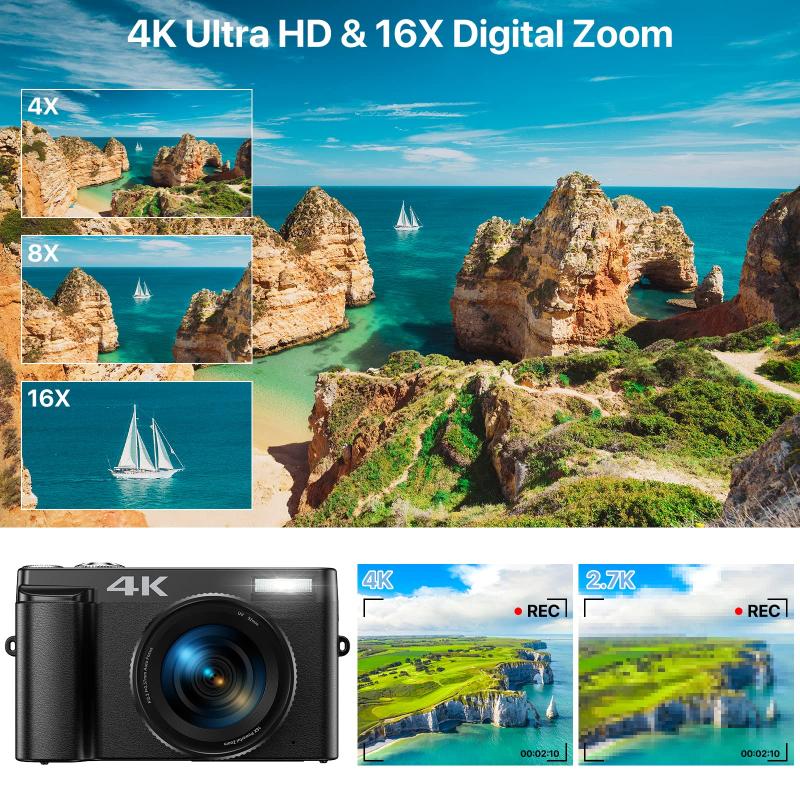
2、 Choosing the Right Lighting for Photographing Negatives
Choosing the Right Lighting for Photographing Negatives
Photographing negatives with a digital camera can be a great way to digitize your film collection and preserve your memories. However, it is important to choose the right lighting conditions to ensure accurate and high-quality results. Here are some tips to help you achieve the best possible outcome:
1. Use diffused lighting: Direct light can cause reflections and hotspots on the negative, resulting in poor image quality. To avoid this, use diffused lighting sources such as softboxes or light tents. These help to evenly distribute light and minimize glare.
2. Avoid harsh light: Harsh light can create strong shadows and overexpose certain areas of the negative. Opt for soft, natural light whenever possible. If shooting indoors, position your setup near a window to take advantage of the soft, diffused light.
3. Consider color temperature: Different light sources have different color temperatures, which can affect the color accuracy of your digitized negatives. To ensure accurate color reproduction, use a color temperature meter or set your camera's white balance manually.
4. Use a light table or lightbox: Placing your negatives on a light table or lightbox can help illuminate them from behind, making it easier to capture the details. This setup also helps to minimize the appearance of dust and scratches on the negatives.
5. Experiment with exposure settings: Depending on the density of your negatives, you may need to adjust your camera's exposure settings. Start with the recommended settings for photographing negatives and make adjustments as needed to achieve the desired results.
6. Post-processing: After capturing the images, it is important to properly process them to ensure accurate color correction and to enhance the overall quality. Use photo editing software to adjust the exposure, contrast, and color balance as necessary.
In conclusion, choosing the right lighting conditions is crucial when photographing negatives with a digital camera. By using diffused lighting, avoiding harsh light, considering color temperature, using a light table or lightbox, experimenting with exposure settings, and post-processing the images, you can achieve accurate and high-quality digitized negatives.

3、 Adjusting Exposure and White Balance for Negative Photography
To photograph negatives with a digital camera, there are a few key steps to follow. One important aspect is adjusting the exposure and white balance settings to ensure accurate and high-quality results.
Firstly, set up a light source behind the negative to illuminate it evenly. This can be achieved using a lightbox or by placing the negative on a translucent surface with a light source underneath. Make sure the light is diffused to avoid harsh reflections or hotspots.
Next, position your digital camera on a tripod or stable surface to avoid any blurriness. Set the camera to manual mode to have full control over the exposure settings. Start by adjusting the ISO to the lowest possible value to minimize noise.
To determine the correct exposure, take a test shot of the negative. Check the histogram on your camera's display to ensure that the image is properly exposed. Adjust the shutter speed and aperture accordingly until you achieve a well-balanced exposure.
White balance is crucial for accurate color reproduction. Most digital cameras offer a custom white balance feature, which allows you to set the white balance based on a neutral reference point. Use a white or gray card placed next to the negative and follow your camera's instructions to set the custom white balance.
Additionally, using post-processing software like Adobe Lightroom or Photoshop can further enhance the quality of your negative photographs. These programs offer tools to adjust exposure, white balance, and color correction, allowing you to fine-tune the image to your liking.
It's worth noting that advancements in technology have led to the development of specialized film scanners that can produce higher-quality results compared to photographing negatives with a digital camera. These scanners offer features like infrared dust and scratch removal, which can greatly improve the final image quality. However, if a film scanner is not available, following the steps mentioned above can still yield satisfactory results.

4、 Using a Macro Lens for Capturing Fine Details in Negatives
Using a Macro Lens for Capturing Fine Details in Negatives
Photographing negatives with a digital camera can be a great way to digitize your film collection and preserve memories. To capture the fine details in negatives, using a macro lens is highly recommended. Here's a step-by-step guide on how to photograph negatives with a digital camera using a macro lens:
1. Set up a light source: Place a lightbox or a light table behind the negatives to illuminate them evenly. This will help bring out the details and minimize any unwanted shadows.
2. Mount your camera on a tripod: Stability is crucial when photographing negatives, as any movement can result in blurry images. Mount your camera on a tripod to ensure steady shots.
3. Attach a macro lens: A macro lens allows you to focus on close-up details, making it ideal for capturing the intricate patterns and textures present in negatives. Attach the macro lens to your camera before proceeding.
4. Adjust camera settings: Set your camera to manual mode to have full control over the exposure settings. Start with a low ISO to minimize noise, and adjust the aperture and shutter speed accordingly to achieve a well-exposed image.
5. Position the negatives: Carefully place the negatives on the light source, ensuring they are flat and aligned properly. Use a pair of clean, lint-free gloves to handle the negatives to avoid leaving fingerprints or smudges.
6. Focus and capture: Use the manual focus mode on your camera to ensure precise focusing on the negative. Take multiple shots at different focus points to ensure you capture all the details.
7. Post-processing: Once you have captured the images, transfer them to your computer for post-processing. Use photo editing software to invert the colors, adjust the levels, and remove any dust or scratches.
It's worth noting that advancements in technology have led to the development of specialized film scanners that can provide even better results when digitizing negatives. However, if you don't have access to a film scanner, using a digital camera with a macro lens can still yield satisfactory results.














